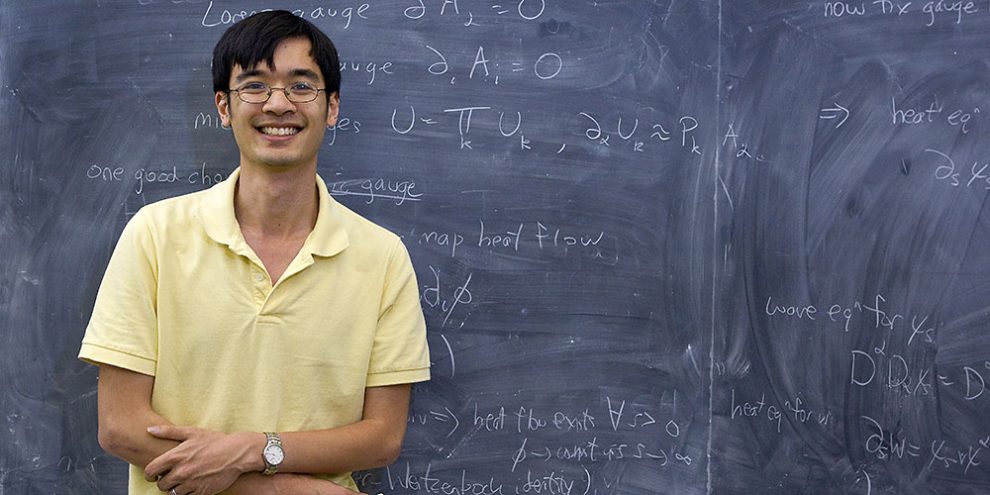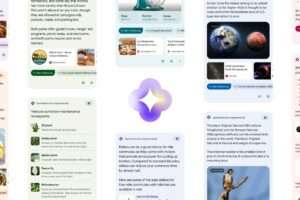UCLA’s Terence Tao, the “world’s greatest living mathematician,” shares insights on AI’s role in mathematics, predicting a future of collaboration rather than replacement.
As I stand in the bustling halls of UCLA’s mathematics department, there’s an palpable sense of excitement in the air. Today, October 6, 2024, I have the rare opportunity to sit down with Professor Terence Tao, widely regarded as the “Mozart of Math” and the “world’s greatest living mathematician.” Our discussion centers on a topic that has been sending ripples through the academic world: the role of artificial intelligence in mathematics.
The Human Edge in Mathematical Reasoning
Professor Tao greets me warmly in his office, surrounded by walls of books and whiteboards covered in complex equations. As we settle in, he reflects on his recent experience with ChatGPT’s O1 reasoning model.
Last month, I put ChatGPT to the test with a complex analysis problem,” Tao begins, his eyes lighting up with intellectual curiosity. I’d compare its performance to that of a mediocre, but not completely incompetent, graduate student. It could arrive at the correct answer, but only with a lot of hints and prodding.”
This assessment, coming from a mathematician of Tao’s caliber, offers a fascinating glimpse into the current capabilities and limitations of AI in tackling high-level mathematical problems.
AI’s Learning Curve: A Crucial Distinction
As our conversation deepens, Tao highlights a critical difference between human mathematicians and their AI counterparts. “One key difference between graduate students and AI is that graduate students learn,” he explains, leaning forward in his chair. “You tell an AI its approach doesn’t work, it apologizes, it will maybe temporarily correct its course, but sometimes it just snaps back to the thing it tried before.”
This ability to truly learn and adapt, Tao argues, is what sets human mathematicians apart from even the most advanced AI systems. It’s a distinction that he believes will continue to be significant in the foreseeable future.
Despite the rapid advances in AI technology, Tao remains optimistic about the future role of human mathematicians. “AI and mathematicians will more likely always be collaborators,” he asserts confidently. “Instead of replacing math nerds, AI will enable them to explore large-scale, previously unreachable problems.”
This vision of the future paints a picture of symbiosis rather than competition between human and artificial intelligence in the realm of mathematics.
AI as a Mathematical Assistant
As we discuss the practical applications of this collaboration, Tao’s excitement is palpable. “You might have a project and ask, ‘What if I try this approach?'” he explains, gesturing animatedly. “And instead of spending hours and hours actually trying to make it work, you guide a GPT to do it for you.”
This scenario suggests a future where AI serves as a powerful tool in the mathematician’s arsenal, significantly accelerating the exploration of complex mathematical concepts and problems.
The Human Touch in Mathematical Discovery
As our interview winds down, I ask Tao about the irreplaceable aspects of human mathematicians. He pauses thoughtfully before responding. “There’s an intuition, a creativity in mathematical thinking that’s uniquely human,” he says. “It’s about seeing connections that aren’t immediately obvious, about asking the right questions. That’s something AI still struggles with.”
This human element, Tao believes, will continue to be crucial in pushing the boundaries of mathematical knowledge and understanding.
Before I leave, Tao shares his thoughts on how aspiring mathematicians should prepare for this AI-augmented future. “It’s more important than ever to develop strong foundational skills and deep understanding,” he advises. “The ability to guide and interpret AI outputs will be crucial. But so will the creativity to explore new mathematical territories that AI hasn’t even considered.”
As I step out of Tao’s office and back into the bustling corridor of UCLA’s math department, the implications of our conversation sink in. The future of mathematics isn’t a battle between human and artificial intelligence, but rather a partnership that could unlock new realms of mathematical discovery.
Tao’s insights offer a compelling vision of the future: one where AI serves as a powerful tool in the hands of skilled mathematicians, enabling them to tackle problems of unprecedented scale and complexity. At the same time, the uniquely human aspects of mathematical thinking – intuition, creativity, and the ability to see unexpected connections – remain irreplaceable.
As AI continues to advance, it’s clear that the role of human mathematicians will evolve. But far from being replaced, they may find themselves empowered to explore mathematical frontiers that were previously out of reach. The “Mozart of Math” may be right – the future of mathematics could be a grand symphony of human and artificial intelligence, working in harmony to unlock the secrets of the universe.
















Add Comment